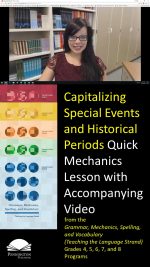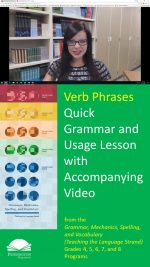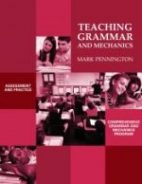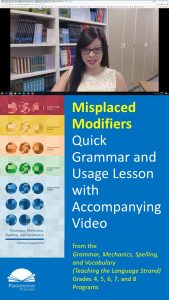Plural Subject-Verb Agreement
Plural Subject-Verb Agreement
Play the quick video lesson HERE and click the upper left back arrow to return to this lesson.
Common Core Language Standard 1
We all know that verbs have to match their subjects. One way that they have to match is in number. Singular has to match singular and plural must match plural. What gets confusing is when other words seem to be subjects, but are not. Knowing how to identify sentence subjects is essential.
Today’s grammar and usage lesson is on plural subject-verb agreement. A plural subject agrees with (matches) a plural verb and involves more than one person, place, or thing. In present tense the plural nouns do not end in s. For example, we say “Birds chirp,” not “Birds chirps.”
Now let’s read the grammar and usage lesson and study the examples.
Following are the key rules of plural subject-verb agreement:
- Some words seem to be singular, but are actually plural because they each have two parts: scissors, tweezers, pants, and shears. Example: Those scissors are sharp.
- Sports teams not ending in s are plural and require plural verbs. Example: The Orlando Magic have been looking for a point guard.
- A compound subject joined by and is plural and takes a plural verb. Example: Bob and Pam are friends.
- These indefinite pronouns take plural verbs: both, few, many, others, and several. Example: Both seem wonderful.
Now circle or highlight what is right and revise what is wrong according to grammar and usage lesson.
Practice: We have plenty of supplies for the project. Scissors are required to cut out the sports pictures from magazines. The Miami Heat is the students’ favorite team. There is plenty of their pictures. Most of the students finish quickly, but a few needs more time. Bob and Joe always ask for more time.
Let’s check the Practice Answers.
Grammar and Usage Practice Answers: We have plenty of supplies for the project. Scissors are required to cut out the sports pictures from magazines. The Miami Heat is the students’ favorite team. There are plenty of their pictures. Most of the students finish quickly, but a few need more time. Bob and Joe always ask for more time.
Now let’s apply what we have learned.
Writing Application: Write two of your own sentences: the first with a compound subject and the second with an indefinite plural pronoun subject.
This writing opener is part of a comprehensive language conventions lesson from the Grammar, Mechanics, Spelling, and Vocabulary Grades 4‒8 programs.
*****

Pennington Publishing Grammar Programs
Teaching Grammar, Usage, and Mechanics (Grades 4, 5, 6, 7, 8, and High School) are full-year, traditional, grade-level grammar, usage, and mechanics programs with plenty of remedial practice to help students catch up while they keep up with grade-level standards. Twice-per-week, 30-minute, no prep lessons in print or interactive Google slides with a fun secret agent theme. Simple sentence diagrams, mentor texts, video lessons, sentence dictations. Plenty of practice in the writing context. Includes biweekly tests and a final exam.
Grammar, Usage, and Mechanics Interactive Notebook (Grades 4‒8) is a full-year, no prep interactive notebook without all the mess. Twice-per-week, 30-minute, no prep grammar, usage, and mechanics lessons, formatted in Cornell Notes with cartoon response, writing application, 3D graphic organizers (easy cut and paste foldables), and great resource links. No need to create a teacher INB for student make-up work—it’s done for you! Plus, get remedial worksheets, biweekly tests, and a final exam.
Syntax in Reading and Writing is a function-based, sentence level syntax program, designed to build reading comprehension and increase writing sophistication. The 18 parts of speech, phrases, and clauses lessons are each leveled from basic (elementary) to advanced (middle and high school) and feature 5 lesson components (10–15 minutes each): 1. Learn It! 2. Identify It! 3. Explain It! (analysis of challenging sentences) 4. Revise It! (kernel sentences, sentence expansion, syntactic manipulation) 5. Create It! (Short writing application with the syntactic focus in different genre).
Get the Diagnostic Grammar, Usage, and Mechanics Assessments, Matrix, and Final Exam FREE Resource:
![]()








